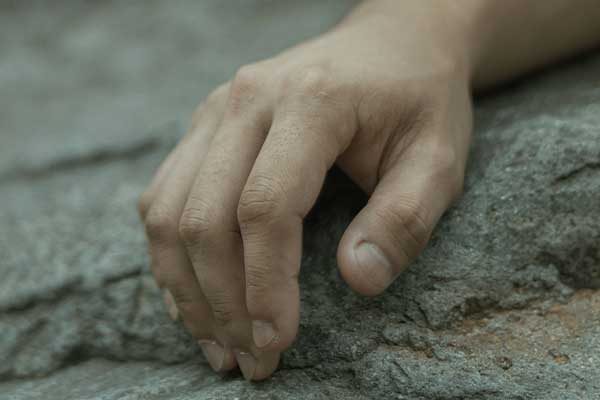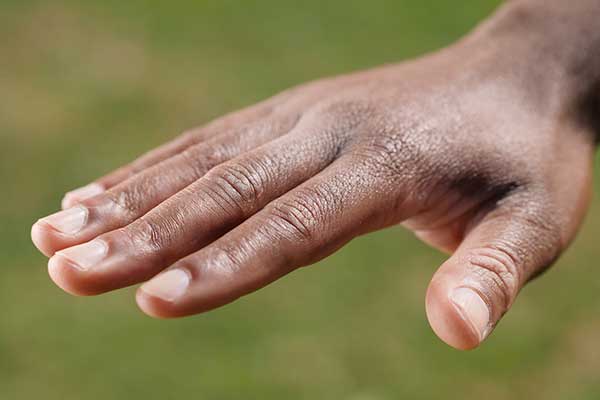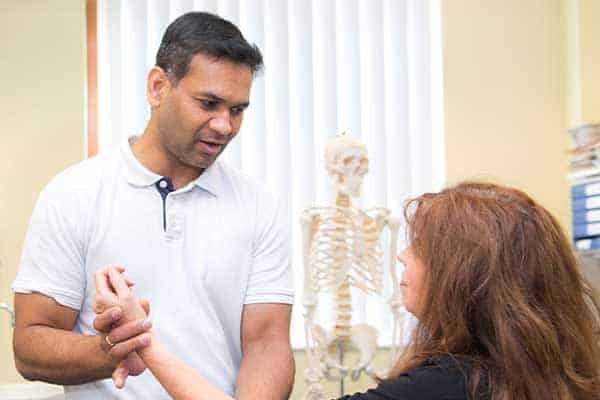A wrist fracture means that you have broken one of the bones in your wrist.
It might be a ‘hairline’ fracture (a small crack), a partial fracture, which is common in children, or a complete break, where the bone can be broken into two or more pieces.
What causes a wrist fracture?
The normal cause of a fractured wrist is when you have fallen onto your outstretched hand.
Although there are many bones in your wrist joint, the most common fractures are to the ends of the long forearm bones, the radius and the ulna. By far the most common of these to break is the radius. This is called a distal radius fracture.
What are the symptoms of a wrist fracture?
The symptoms of wrist fracture will typically come on quickly after the injury that caused them and will depend on the severity of the facture.
For most people:
- You feel pain in and around your wrist joint, especially when moving it.
- You experience swelling of the wrist joint area.
- You find it difficult to use your hand and wrist.
For some people:
- You feel pain in the break when you move your fingers.
- You feel a ‘tingling’ or numbness in your fingertips.
- You may notice that your wrist looks deformed or out of shape.
- In extreme cases there may be bleeding where the bone has damaged the tissue.
How is a wrist fracture diagnosed?
You are advised to see your doctor or visit your local A&E if you have sustained an injury to your wrist that has caused pain, swelling or difficulty using your hand.
You will probably be sent for an x-ray to diagnose a wrist fracture, and occasionally a further scan.
The kind of fracture that is diagnosed will determine how it is managed.
What are the treatment options for a wrist fracture?
For ‘simple’ fractures, when the bone has remained in its normal place, the best treatment is to apply a plaster cast to keep the broken ends in contact while they heal together. Initially, this may be a partial cast or splint, to give the pain and swelling time to settle, before a full cast is applied.
For pain relief, follow the advice given to you at the hospital. You may also be given a sling to support your arm.
When the bones have become displaced in a more severe fracture, they need to be realigned or they will not heal properly. This is called reduction. It can be done by a doctor without an operation (closed reduction), or you may require surgery to fix the bones together. There is normally no need to remove the metalwork used to do this.
Following closed reduction or surgery, a plaster cast will typically be used, as with simple fractures.
While your wrist is immobilised in the cast, it is important to continue with as many of your normal daily activities as possible, so that you do not suffer weakness or stiffness in other joints and muscles. You should still be able to perform certain exercises to stay healthy and your doctor or physiotherapist will be able to advise you about these.
What is the prognosis (outlook) for a wrist fracture?
Typically, a wrist fracture will take 6-8 weeks to heal.
The length of time the plaster cast stays on will depend on the type of fracture and other health factors. In most cases, your body should be very efficient at repairing its bones.
As soon as your doctors have confirmed that your wrist fracture has healed and removed your cast, you will need to begin a programme of rehabilitation.
Your doctor or physiotherapist will guide you through this, but in general it should include exercises to restore mobility in all directions, followed by strengthening exercises, weight-bearing exercises and a gradual return to normal activities.

Pocket Physio | Download now
Search for ‘Pocket Physio’ on the Apple App Store for iOS and the Google Play Store for Android to download for free.




